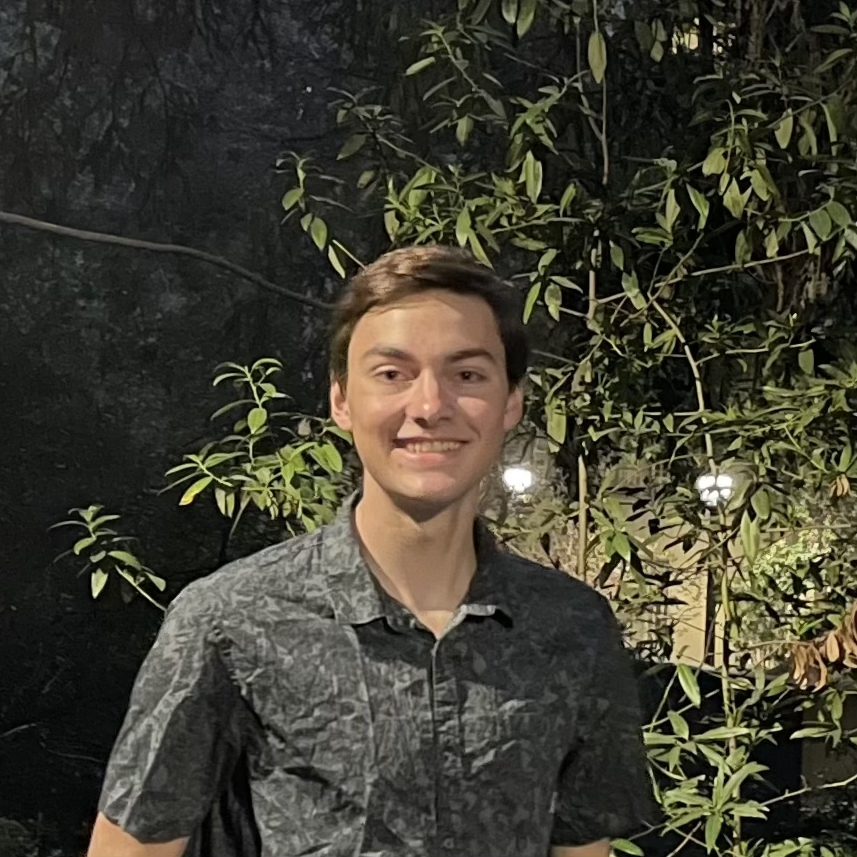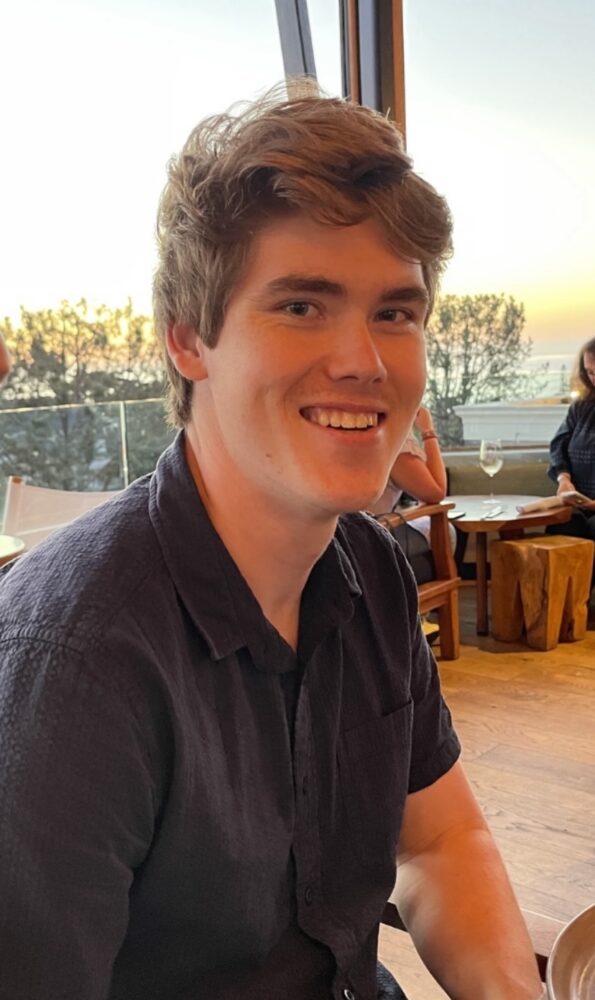Vani Gupta

My URAP Project “Choosing My Major” began in Fall 2021 with the purpose of assisting undergraduates students in choosing their major, as well as understanding why college students pick their majors. One of the main goals of this project was to collect real stories from current undergraduate students on how they came about choosing their major. Another goal was to develop a pilot survey in order to collect information from students on their decision-making process. This initial pilot survey was sent out to 78 undergraduate students, and they answered 30 […]
Veronica Arriaga

Chemiresistive sensors detect gas concentrations based on the change in resistance of a sensing material, providing low-cost detection in applications such as environmental monitoring. SnO2 is an industry-standard material system for chemiresistive sensing. SnO2-based sensors typically have high baseline resistance and slow dynamics at room temperature, and thus require on-board heaters to improve their sensitivity and response time. Although heating greatly improves the response of SnO2-based sensors, prolonged operation at requisite temperatures (200–300°C) results in baseline drift and changes in sensitivity over time. Such degradation is observed even in commercial […]
Nicholas Cutsail

Currently, the nature of dark matter is a fascinating question for the field of physics. One promising candidate about the nature of dark matter is axions, which is a theoretical, lightweight particle filling all of space. According to theory, these light, axion-like particles behave like a field that oscillates at particular frequencies. However, this frequency can change over space, forming regions bounded by so-called domain walls. This year, I have been working on the Global Network of Optical Magnetometers for Exotic physics (GNOME) station at Berkeley, which uses optical techniques […]
Thomas Hosmer

Direct air capture (DAC) is the removal of carbon dioxide (CO2) directly from the atmosphere. While DAC is essential to achieving net zero carbon emissions and preventing irreversible damage from climate change, DAC plants require extensive energy input to draw in air. Dr. Klaus Lackner at the Center for Negative Carbon Emissions at Arizona State University has developed a prototype of a MechanicalTreeTM that utilizes passive air flow to reduce required energy. Before these machines can be deployed, we need to determine the optimal configurations to place them based on […]
Vivian Bui

Incidence and deaths due to non-tuberculous mycobacteria (NTM) have been increasing globally, in part due to their intrinsic drug resistance. Mycobacterium abscessus (Mabs) is a pathogenic and clinically challenging NTM species, causing devastating pulmonary disease and tissue infection. Drug resistance of Mabs partly results from its unique mycomembrane, which is a formidable permeability barrier. While the inner leaflet primarily consists of mycolic acids, the outer leaflet is poorly characterized. Some mycobacterial membrane protein Large (MmpL) transporters export lipid components of the mycomembrane, but the substrates and functions of most MmpLs […]
Bryan Castillo-Rojas

Dengue virus (DENV) is a vector-borne virus that is transmitted by Aedes mosquitoes. Typically found in tropical and sub-tropical regions in the world, DENV can cause mild disease manifestations like dengue fever; however, cases of severe dengue disease exist and are characterized by vascular leakage and shock, which is triggered by virus infection and an overactive immune response. Medically important viruses like flaviviruses (dengue, Zika, West Nile, and yellow fever viruses, etc.) must disseminate from the initial site of infection into diverse tissues throughout the body to cause disease. Therefore, […]
Ethan Deller

Our lab is working to understand the effects of host-microbe interactions in the powerful model organism C. elegans. In order to quantify the microbiome, we have previously used a single fluorescent bacterial strain that is a known gut commensal. However, only having access to this single strain limits the types of experiments we can do, as we are forced to include this strain in studies hoping to understand colonization levels in the worm gut. In order to remedy this issue, my project will attempt to introduce a fluorescent plasmid into […]
Nicole Balian
The purpose of this research is to identify tyrosinase enzymes that are able to carry out tyrosinase-mediated oxidative coupling. Tyrosinases have recently been identified as enzymes that are able to undergo oxidative coupling and are a much more efficient way to couple proteins, DNA, small molecule thiols, and difficult protein substrates. Previous methods produce unwanted by-products, are not site-specific in their targeting, and can result in unwanted protein degradation, which ruins the natural folding of the proteins. Tyrosinase-mediated coupling avoids such problems and allows the reaction to run in a […]
Emily Ho

Proteins are essential parts of our being, but are also at the root of many health conditions when misformed. One novel approach to treating such diseases is with molecular glues: small molecules that can cause targeted protein degradation or stabilization. My project focuses on a set of potential molecular glues known as gymnastatins, which are natural products originating from the fungal strain Gymnascella dankaliensis. The Nomura Research Group has demonstrated that gymnastatins have antiproliferative effects on breast cancer cells. Dankastatin B, the most potent gymnastatin against cancer cell viability, targets […]
Madison de Vere

This summer, I will be traveling to Suva, Fiji with a research team from UCSF led by Dr. Deborah Dean. As part of a longitudinal study started in 2018, we aim to identify Ng antibiotic susceptibility patterns and determine current rates of resistance to antibiotics. With this in mind, we are also looking to determine the association of antibiotic resistance (AR) Ng strains with clinical signs and symptoms. In addition, we are looking at current Ng-Ct co-infection rates, in order to determine the longitudinal prevalence of Ng and STIs and […]